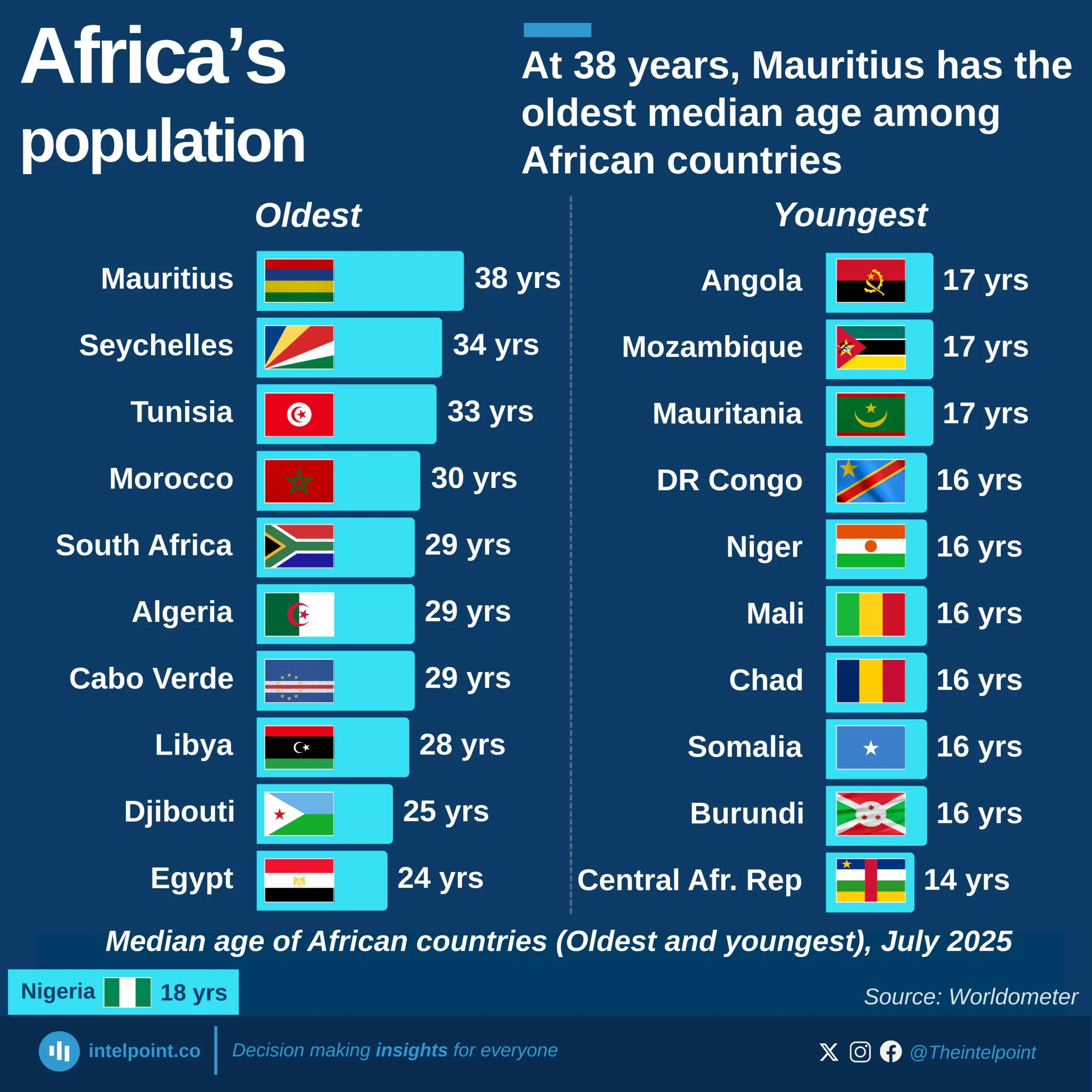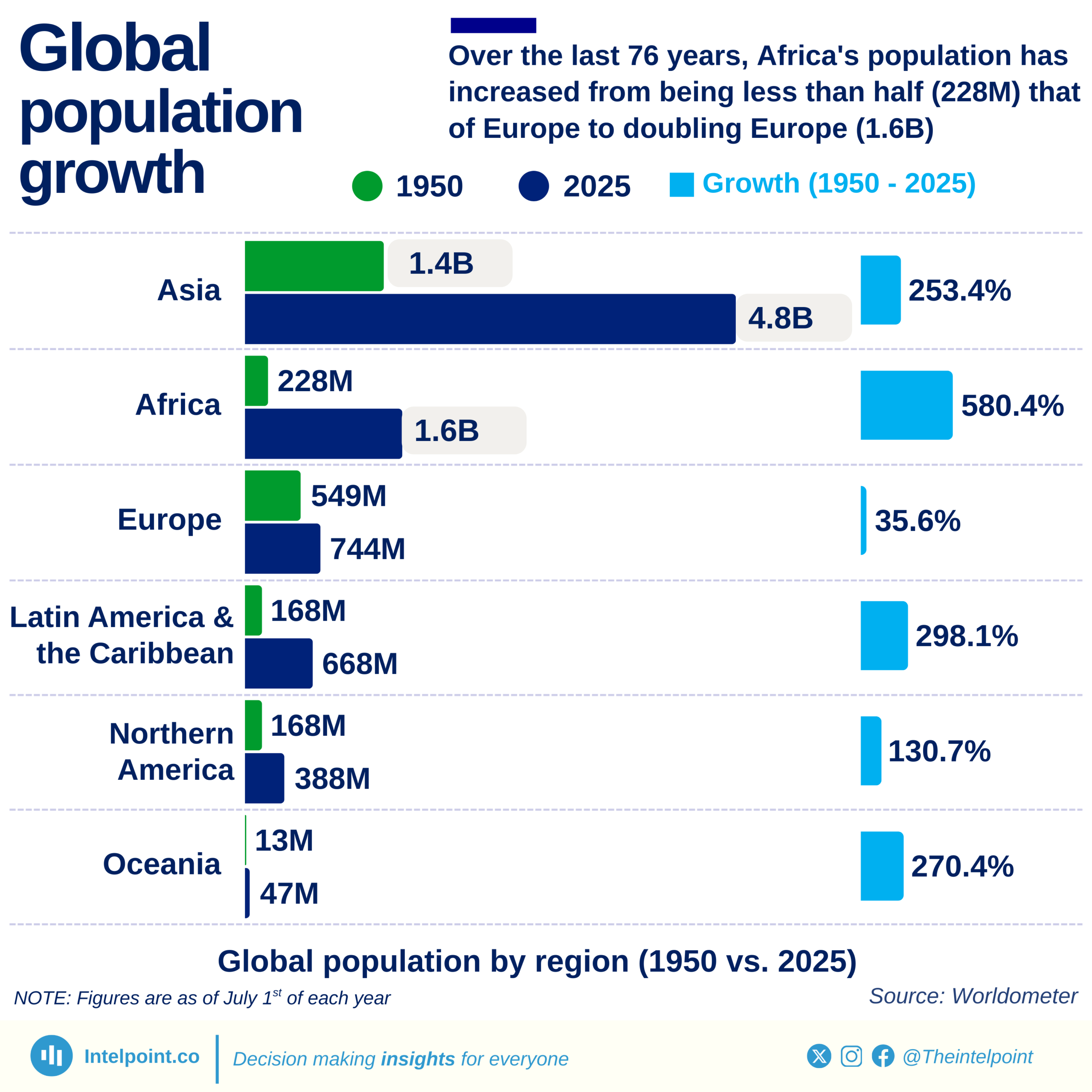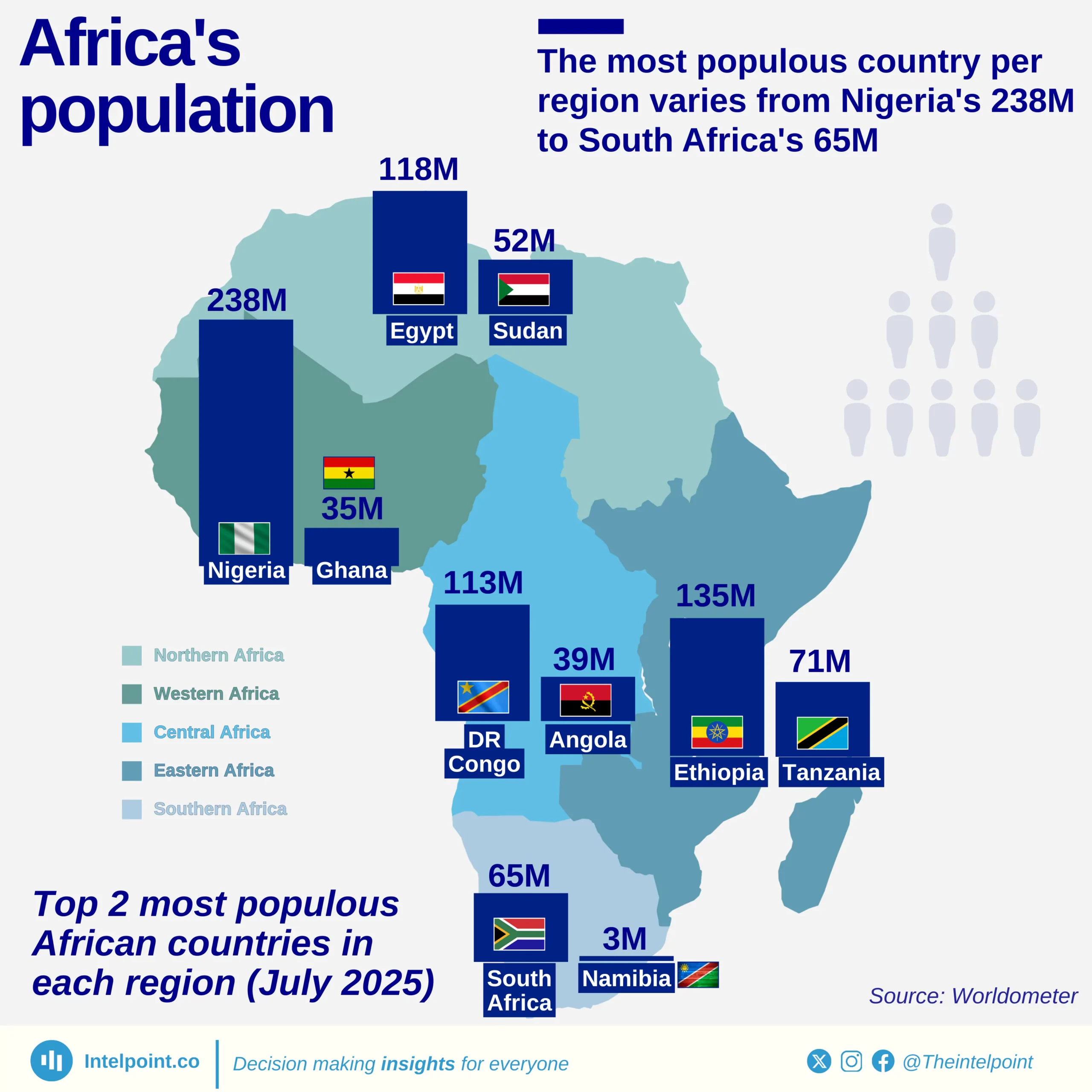At the top of Africa's urbanisation, Gabon stands out with 84% of its population living in urban areas — the highest share on the continent. Meanwhile, at the other extreme, Burundi records just 15%, the lowest. This wide gap highlights Africa’s diverse development paths, with some nations embracing rapid urban expansion while others retain more rural-based communities.
Urbanisation often goes hand-in-hand with access to services such as healthcare, education, and modern infrastructure. For instance, a young professional in Gabon is far more likely to live in a city with better job opportunities, public transport, and digital connectivity compared to someone in rural Burundi, where agriculture and traditional livelihoods still dominate.
A closer look at the top urbanised countries shows that smaller nations dominate the list. Besides Gabon, Cabo Verde (79%), Libya (78%), and Sao Tome & Principe (78%) all feature prominently, suggesting that smaller populations may find it easier to concentrate resources in urban centres. Meanwhile, countries like Botswana (76%) and Algeria (74%) showcase how resource wealth and economic policies can drive urban concentration. On the flip side, countries with large populations such as Ethiopia (23%) and Uganda (30%) remain far less urbanised, reflecting the challenges of managing both population growth and rural-to-urban migration.





